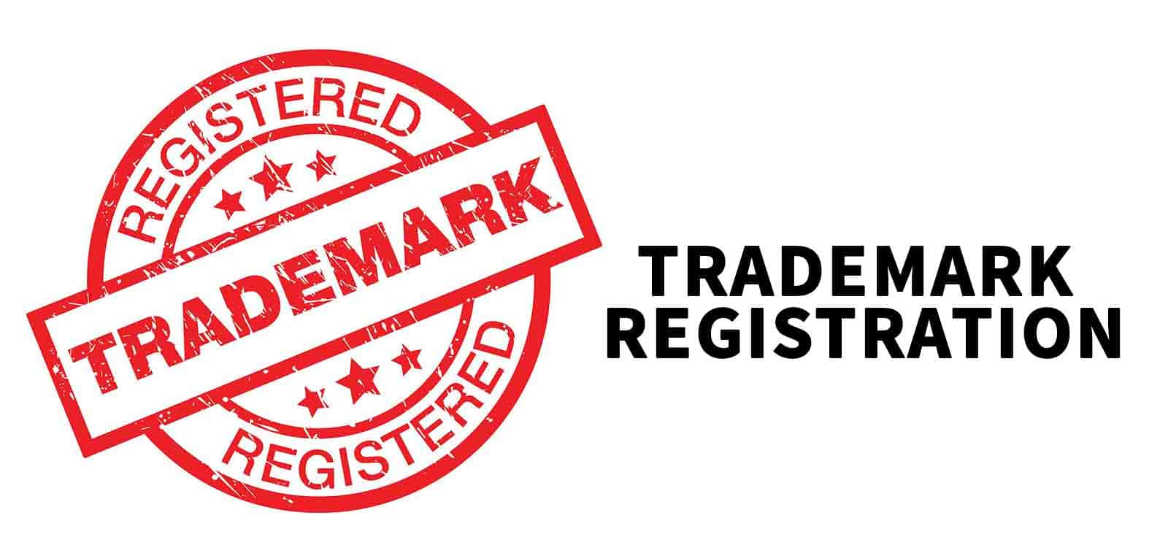
Your next step should be ensuring that the name doesn’t have an existing trademark. Since your patent will represent your brand, you need to be careful to come up with a catchy, attractive yet practical name. This applies if you do not have a name already or want to change it to one that best reflects your business. Your first course of action should be to come up with a name. How To Trademark A Name For Your Business: Step-By-Step Guide 1. This can only mean that protecting your brand in other parts of the world becomes easy. You can also use it to obtain business registration in some countries. Secondly, you can license and transfer a registered trademark with relative ease. If you are a sole proprietor, you will need to have a business account (under your business name) to secure a loan.Įven though you don’t need to trademark the name, you will have an easier time negotiating for a loan if no one else uses that name. If others start using it, you can file a lawsuit against them in a federal court.Īside from making it easy for you to protect your brand, there are other benefits of trademarking your business.įirstly, your trademark can act as your security when getting a loan. Trademarking your business name gives you the exclusive right to use it.

Why You Should Trademark Your Business Name The designation for registered trademarks is the ® symbol, while unregistered trademarks get the ™ symbol. In the US, anyone can file them through the United States Patent and Trademark Office (USPTO). In general, trademarks are intellectual property. It’s time to trademark your business name!Ī trademark is an official, legal designation that allows a company to exclusively market or use a product phrase, symbol, word, or logo for differentiation purposes.

Difference between trademark, copyright, DBA, company name, common law ownership, and service markġ1. Common reasons for trademark rejectionġ0. How to trademark a business name: a step-by-step guideĤ. Why you should trademark your business nameģ.


 0 kommentar(er)
0 kommentar(er)
